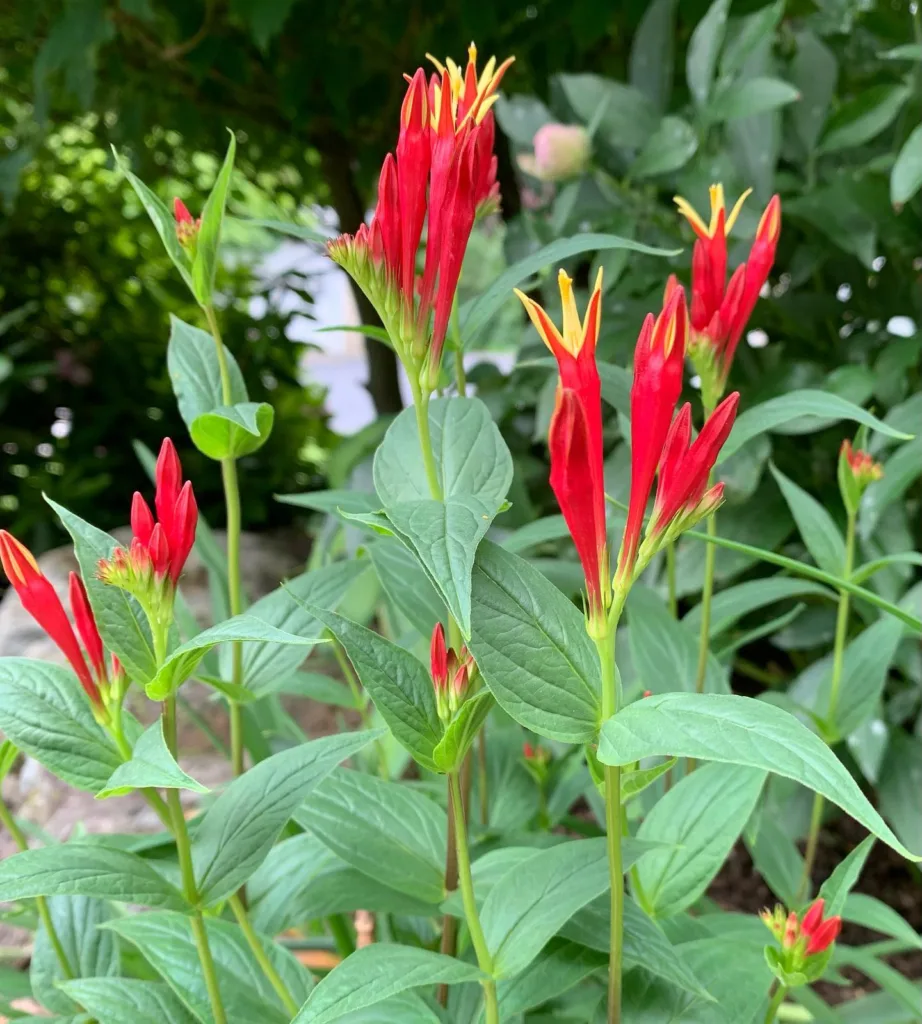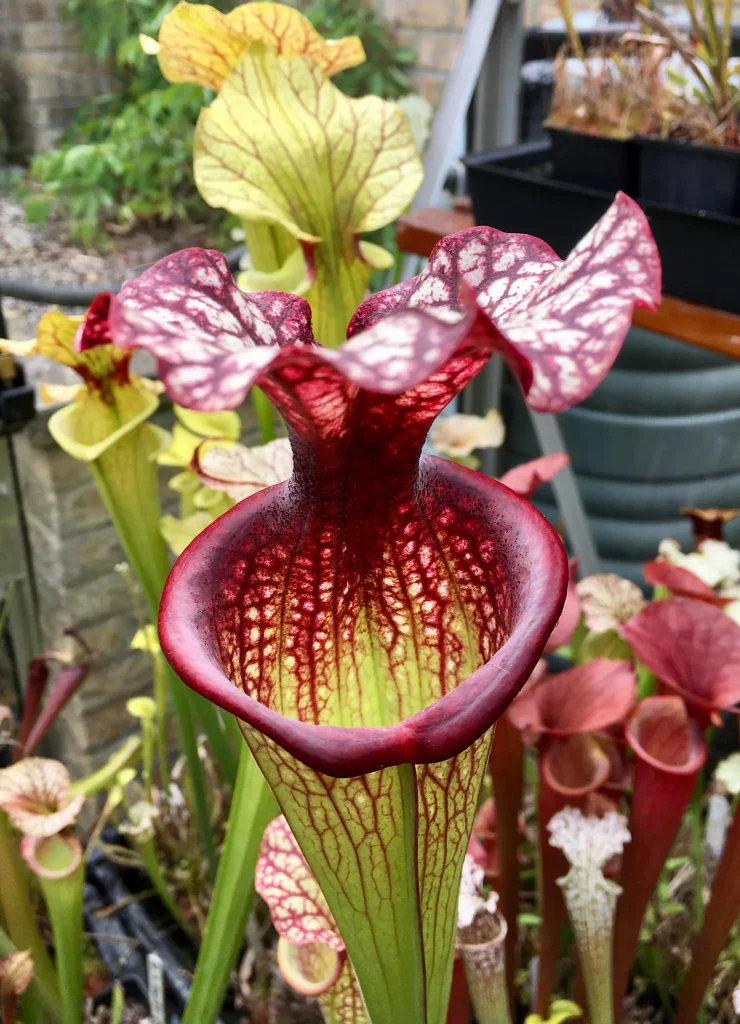Everything You Need to Know About Syringa Komarowii
When I first encountered Syringa Komarowii, I was captivated by its unique beauty and the intriguing questions it raised. This plant, often referred to as the Komarov Lilac, is a lesser-known gem in the world of shrubs. To help you get acquainted with this plant, I’ve put together a comprehensive FAQ guide based on my experiences and research.
12 Species in Genus Syringa – Lilac
What Is Syringa Komarowii?
Syringa Komarowii is a species of lilac native to Eastern Asia, specifically China. It’s distinguished by its dense clusters of small, fragrant flowers that range in color from pale lavender to white. The shrub is deciduous, meaning it sheds its leaves in the fall, and typically grows to a height of 6 to 10 feet. What sets it apart from other lilacs is its unique flowering pattern and hardiness in various climates.
How to Care for Syringa Komarowii?
Caring for Syringa Komarowii is quite straightforward, but a few specific needs must be met:
- Sunlight: This lilac prefers full sun to partial shade. It thrives best when it receives at least 6 hours of sunlight each day. In shaded areas, it might not flower as profusely.
- Soil: Well-drained, loamy soil is ideal for Syringa Komarowii. It doesn’t do well in overly wet or heavy clay soils. Adding organic matter can improve soil drainage and fertility.
- Watering: Regular watering is essential, especially during dry periods. However, avoid waterlogging the soil. Allow the top inch of soil to dry out between waterings.
- Pruning: To maintain its shape and encourage blooming, prune Syringa Komarowii right after it finishes flowering. Remove any dead or damaged branches and thin out the interior to improve air circulation.
- Fertilization: A balanced, slow-release fertilizer applied in early spring will support healthy growth and abundant blooms. Avoid over-fertilizing, as it can lead to excessive foliage at the expense of flowers.
How to Propagate Syringa Komarowii?
Propagating Syringa Komarowii can be done through several methods:
- Cuttings: Take softwood cuttings in late spring or early summer. Use a rooting hormone to improve the chances of successful rooting. Keep the cuttings in a warm, humid environment until they develop roots.
- Seed: While less common, you can grow Syringa Komarowii from seeds. Sow the seeds in a cold frame or indoors about 8-10 weeks before the last frost. Be patient, as germination can be slow.
- Division: For established shrubs, you can divide the plant in early spring. Carefully dig up the shrub, separate it into smaller sections, and replant them in well-prepared soil.
What to Plant With Syringa Komarowii?
Syringa Komarowii pairs well with various companion plants that complement its growth and aesthetics. Consider these options:
- Daylilies: Their vibrant blooms and hardy nature make them excellent companions for lilacs.
- Hostas: These shade-loving plants provide a lush contrast to the lilac’s structure.
- Coneflowers: Their bold colors and sturdy growth enhance the visual appeal of a lilac garden.
- Peonies: These classic blooms add elegance and contrast to the lilac’s lighter flowers.
Is Syringa Komarowii Toxic?
One of the reassuring aspects of Syringa Komarowii is that it is not toxic to humans or pets. Unlike some ornamental plants, it does not pose a poisoning risk. However, it’s always wise to monitor pets around any plants to ensure they don’t chew on them excessively.
Benefits of Syringa Komarowii
Syringa Komarowii offers several benefits:
- Aesthetic Appeal: Its delicate flowers and attractive foliage make it a standout in any garden.
- Fragrance: The pleasant scent of the flowers adds a delightful fragrance to the garden.
- Wildlife Friendly: It attracts pollinators like bees and butterflies, contributing to a healthy garden ecosystem.
- Low Maintenance: Once established, it requires minimal upkeep compared to some other flowering shrubs.
Common Problems with Syringa Komarowii
Despite its beauty, Syringa Komarowii can face a few common issues:
- Powdery Mildew: This fungal disease can cause a white, powdery coating on the leaves. Ensure good air circulation and avoid overhead watering to prevent it.
- Leaf Spot: Brown or black spots on the leaves can indicate fungal infections. Remove affected leaves and treat with appropriate fungicides.
- Poor Blooming: Lack of blooms can result from inadequate sunlight or improper pruning. Ensure the plant gets enough light and prune it correctly after flowering.
How Does Syringa Komarowii Compare to Other Lilacs?
Syringa Komarowii is often confused with other lilac species, so here’s how it stacks up:
- Syringa vulgaris: This is the common lilac and is generally larger and more fragrant than Syringa Komarowii. It also tends to be more tolerant of a wider range of soil conditions.
- Syringa meyeri: Known as the Dwarf Korean Lilac, it is much smaller than Syringa Komarowii and has a more compact growth habit. It’s ideal for smaller gardens.
- Syringa patula: This species, also known as the Palibin Lilac, has similar blooming patterns but is generally more compact and suited for smaller spaces.
In conclusion, Syringa Komarowii is a versatile and beautiful shrub that can bring a touch of elegance to any garden. With the right care and attention, it can thrive and provide years of enjoyment. Whether you’re an experienced gardener or a novice, incorporating this lilac into your landscape can be a rewarding experience.
If i die, water my plants!



